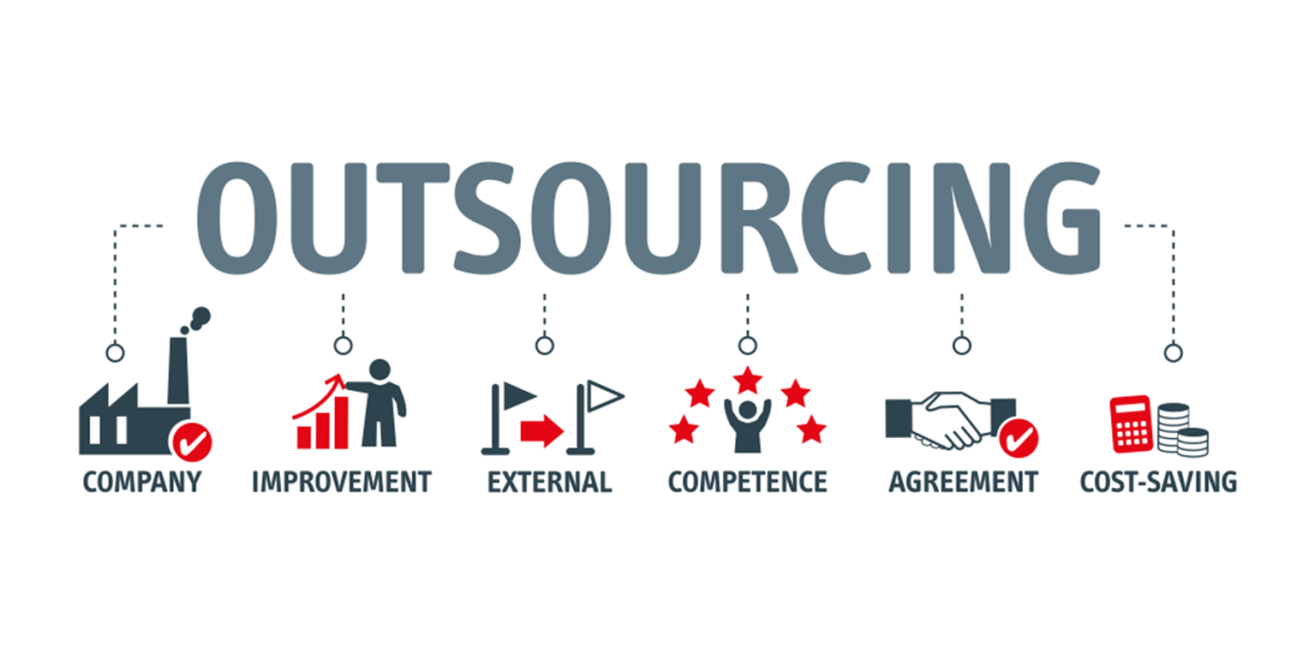1. Procter & Gamble (P&G)
 Outsourcing isn’t just limited to bootstrapped startups, it can also be the perfect solution for giant product companies like P&G.
Product companies are always faced with performing in a rapidly changing marketplace.
To maintain a competitive advantage, you have to be the first to come out with a new product.
After managing everything in-house for decades, P&G switched gears one day and decided to outsource some research and development activities to accelerate innovation.
The results far exceeded expectations as innovation and productivity were boosted by as much as 60%.
Revenue generated from over 400 new products also exceeded $10 billion.
Today, about half P&G innovation comes from collaborating with several outsourcing partners spread across the planet.
Outsourcing isn’t just limited to bootstrapped startups, it can also be the perfect solution for giant product companies like P&G.
Product companies are always faced with performing in a rapidly changing marketplace.
To maintain a competitive advantage, you have to be the first to come out with a new product.
After managing everything in-house for decades, P&G switched gears one day and decided to outsource some research and development activities to accelerate innovation.
The results far exceeded expectations as innovation and productivity were boosted by as much as 60%.
Revenue generated from over 400 new products also exceeded $10 billion.
Today, about half P&G innovation comes from collaborating with several outsourcing partners spread across the planet.
2. Alibaba
 When you think of outsourcing, you think of outsourcing to countries like India or China from the U.S. or Western Europe. But, that’s not always the case!
The Chinese multinational e-commerce, retail, Internet, Artificial Intelligence (AI), and technology conglomerate, Alibaba used to outsource IT development to the U.S.
This is because the skills and experience required to build the world’s largest online marketplace were scarce in China but available in North America.
This approach helped the company innovate even with government restrictions and stiff competition from eBay.
Success stories like this one show how access to talent just about anywhere in the world (whether it’s through a company or individual contractors) can lead to success.
When you think of outsourcing, you think of outsourcing to countries like India or China from the U.S. or Western Europe. But, that’s not always the case!
The Chinese multinational e-commerce, retail, Internet, Artificial Intelligence (AI), and technology conglomerate, Alibaba used to outsource IT development to the U.S.
This is because the skills and experience required to build the world’s largest online marketplace were scarce in China but available in North America.
This approach helped the company innovate even with government restrictions and stiff competition from eBay.
Success stories like this one show how access to talent just about anywhere in the world (whether it’s through a company or individual contractors) can lead to success.
3. Rainkine Thomson Limited (RTL)
 RTL is a leading custom telematics company that provides highly sophisticated logistics management tools to enhance commercial fleet safety and efficiency.
Over the last two decades, the company has been working with leading truck manufacturers to enable advanced tracking, monitoring, and reporting to overcome logistic challenges.
Based in the UK and Australia, the company engaged 8allocate in Ukraine to augment staffing needs, sustain growth, and seamlessly scale to meet the company’s evolving needs.
This approach to filling the gaps worked as the firm was able to achieve its present and future goals.
According to Dmitrijs Jurins, Technical Director at RTL, “within a month, we had a fully functioning team to work on our products, and we were able to release new functionalities to our customers. We’ve received positive feedback on the work we’ve released, and we’re now able to more successfully support our mobile platform…”
RTL is a leading custom telematics company that provides highly sophisticated logistics management tools to enhance commercial fleet safety and efficiency.
Over the last two decades, the company has been working with leading truck manufacturers to enable advanced tracking, monitoring, and reporting to overcome logistic challenges.
Based in the UK and Australia, the company engaged 8allocate in Ukraine to augment staffing needs, sustain growth, and seamlessly scale to meet the company’s evolving needs.
This approach to filling the gaps worked as the firm was able to achieve its present and future goals.
According to Dmitrijs Jurins, Technical Director at RTL, “within a month, we had a fully functioning team to work on our products, and we were able to release new functionalities to our customers. We’ve received positive feedback on the work we’ve released, and we’re now able to more successfully support our mobile platform…”
4. WhatsApp
 Before WhatsApp was purchased by Facebook for $19 billion, it was a small operation with five part-time employees and 30 full-time employees.
Most of the work was done by developers based in Russia who helped keep costs down.
However, as the company scaled, some of the Russian developers relocated to Mountain View, California.
If they didn’t follow this approach, the chat app might not have gotten off the ground or made any money.
Before WhatsApp was purchased by Facebook for $19 billion, it was a small operation with five part-time employees and 30 full-time employees.
Most of the work was done by developers based in Russia who helped keep costs down.
However, as the company scaled, some of the Russian developers relocated to Mountain View, California.
If they didn’t follow this approach, the chat app might not have gotten off the ground or made any money.
5. Searchable Log of All Conversation and Knowledge (Slack)
 When Slack first started, it was an internal team collaboration tool that was used by a small team.
However, when the company started thinking about releasing it externally, they hired the design firm MetaLab to rework the company’s logo, website, and app.
This approach paid off as the company earned $221 million last year and had over $900 million in cash.
Today, Slack has around three million paying customers and about eight million users overall.
The company is valued at about $10 billion.
Success stories like this have generated a lot of business for the MetaLab. In fact, they have built brand assets for startups like Coinbase and Finery and tech giants like Amazon and Google.
The five success stories above are just scratching the surface of outsourcing that works.
While new technologies like AI will undoubtedly have an impact on how we work in the future, outsourcing will continue to maintain its place as a key ingredient of successful businesses.
When Slack first started, it was an internal team collaboration tool that was used by a small team.
However, when the company started thinking about releasing it externally, they hired the design firm MetaLab to rework the company’s logo, website, and app.
This approach paid off as the company earned $221 million last year and had over $900 million in cash.
Today, Slack has around three million paying customers and about eight million users overall.
The company is valued at about $10 billion.
Success stories like this have generated a lot of business for the MetaLab. In fact, they have built brand assets for startups like Coinbase and Finery and tech giants like Amazon and Google.
The five success stories above are just scratching the surface of outsourcing that works.
While new technologies like AI will undoubtedly have an impact on how we work in the future, outsourcing will continue to maintain its place as a key ingredient of successful businesses.
Source: https://www.business2community.com/startups/5-outsourcing-success-stories-02188044


